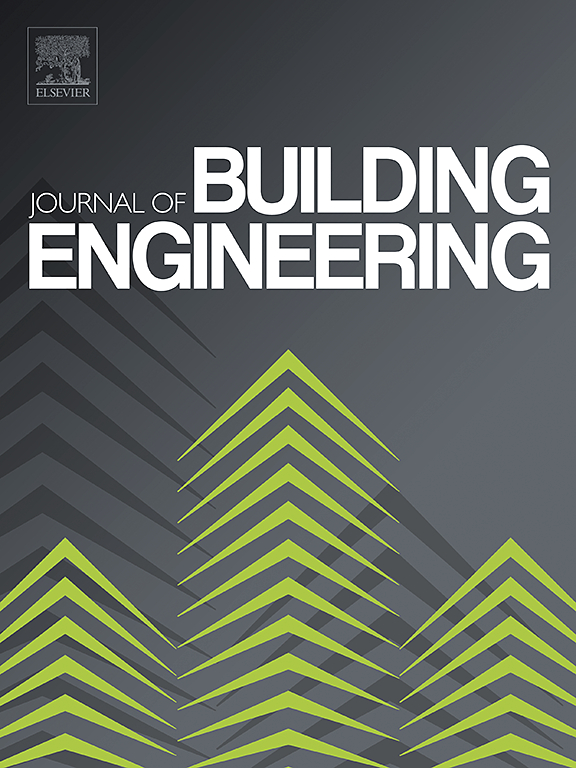基于三维rbsm的高强混凝土受压断裂行为细观模拟:考虑骨料强度等级和形状
IF 7.4
2区 工程技术
Q1 CONSTRUCTION & BUILDING TECHNOLOGY
引用次数: 0
摘要
与普通强度混凝土(NSC)的压缩破坏模式不同,高强混凝土(HSC)表现出高脆性行为,并伴有骨料的穿晶断裂。为了更好地理解HSC的力学和断裂行为,内部裂纹的演化机制至关重要,但很难通过实验获得。为此,本研究采用刚体弹簧模型(刚体弹簧模型,RBSM)离散数值模拟方法,建立三维中尺度模型,模拟HSC在准静态压缩下的破坏过程。在此基础上,各组成相(砂浆、骨料和界面过渡区- itz)的内部裂缝可以用开裂单元面面积来定量表征。通过对比仿真结果和现有试验结果对数值模型进行验证,研究了集料强度等级和形状对高强混凝土抗压性能的影响。在定性上,仿真结果与实验数据在上述变量对HSC性能的影响方面一致。更重要的是,通过对加载过程中内部裂缝发展的定量分析,可以很好地解释混凝土模型之间宏观力学行为的差异。本文所建立的细观混凝土模型方法对混凝土开裂行为的研究具有重要意义。本文章由计算机程序翻译,如有差异,请以英文原文为准。
3D RBSM-based mesoscale simulation on the fracture behavior of high-strength concrete under compression: considering aggregate strength grade and shape
Unlike the compressive failure mode of normal-strength concrete (NSC), high-strength concrete (HSC) exhibits highly brittle behavior accompanied by the trans-granular fracture of aggregate. To better understand the mechanical and fracture behavior of HSC, the evolution mechanism of internal cracks is of crucial importance but difficult to obtain by experimentation. To this end, a three-dimensional (3D) mesoscale model is developed in this study to simulate the failure process of HSC under quasi-static compression using a discrete numerical simulation method named Rigid Body Spring Model (RBSM). On this basis, the internal cracks of each constituent phase (mortar, aggregate, and interfacial transition zone-ITZ) can be quantitatively characterized by the area of cracked element faces. Following the validation of the numerical model by comparing simulation and existing test results, the effects of aggregate strength grade and shape on the performance of HSC under compression are investigated. Qualitatively, the simulation results align with the experimental data in terms of the impact of the aforementioned variables on the performance of HSC. More importantly, through the quantitative analysis of the internal cracking development during loading, the differences in macroscopic mechanical behavior between concrete models can be well explained. The mesoscale concrete modeling method developed in this study is significant to the research on cracking behavior of concrete.
求助全文
通过发布文献求助,成功后即可免费获取论文全文。
去求助
来源期刊

Journal of building engineering
Engineering-Civil and Structural Engineering
CiteScore
10.00
自引率
12.50%
发文量
1901
审稿时长
35 days
期刊介绍:
The Journal of Building Engineering is an interdisciplinary journal that covers all aspects of science and technology concerned with the whole life cycle of the built environment; from the design phase through to construction, operation, performance, maintenance and its deterioration.
 求助内容:
求助内容: 应助结果提醒方式:
应助结果提醒方式:


